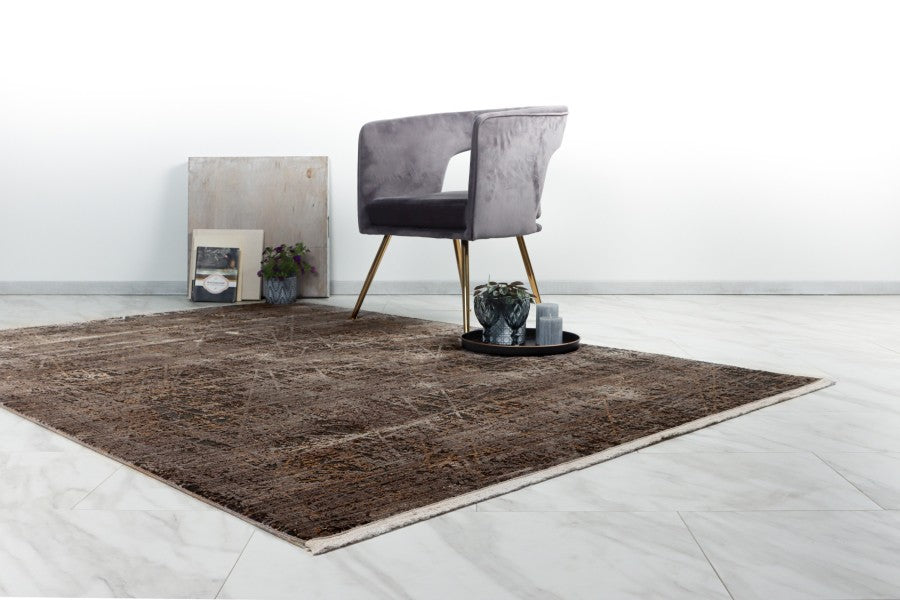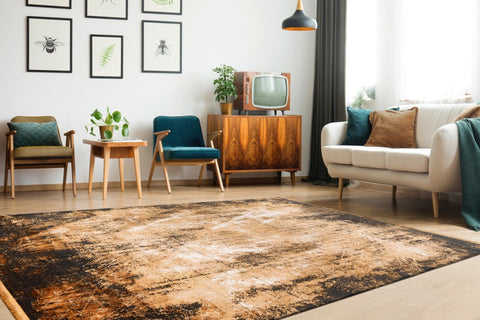My rug keeps shedding what do I do? How to Stop Rug Shedding

Don't worry shedding is normal
If you have recently bought a new rug and noticed that it is shedding some fibers, don't panic. This is a natural and common occurrence that happens with most rugs, especially those made of natural materials. Shedding is not a sign of poor quality or defect, but rather a normal process of breaking in your rug and getting rid of excess fibers.
In this blog, we will explain why rugs shed, which rug materials shed more than others, and how to deal with shedding effectively. By the end of this we at Adore Rugs hope that you will have a better understanding of rug shedding and how to enjoy your beautiful rug for years to come and also understand what rug materials to look out for when purchasing a rug online.
How to deal with rug shedding?
Rug shedding is not a problem that needs to be fixed, but rather a temporary inconvenience that can be managed. Here are some tips on how to deal with rug shedding effectively:
- Vacuum regularly: Vacuuming your rug once or twice a week will help remove the loose fibers and keep your rug looking fresh and clean. Use a low suction setting and avoid using a beater bar or brush attachment that can pull out more fibers. Vacuum in different directions to prevent matting and pilling.
- Shake it out: Shaking your rug outside or over a railing will also help get rid of the excess fibers and dust. Do this every few weeks or as needed.
- Trim it: If you notice any long or loose fibers sticking out of your rug, do not pull them out as this can damage the rug. Instead, use scissors to trim them flush with the surface of the rug.
- Rotate it: Rotating your rug every few months will help distribute the wear and tear evenly and prevent uneven shedding. This will also help prevent fading from sunlight exposure.
Why do rugs shed?
Rugs shed because they are made of fibers that are either spun or tufted together to create the pile of the rug. When these fibers are cut or looped, some of them may not be securely attached to the backing or the yarn. As a result, these loose fibers may come off when you walk on the rug, move furniture over it, or vacuum it.
Shedding is more noticeable with new rugs because they have more excess fibers that need to be removed. Over time, as the rug settles in your home and gets more use, the shedding will decrease and eventually stop.

Which rug materials shed more than others?
The amount and duration of shedding depends largely on the type and quality of the material used to make the rug. Here are some common rug materials and how they compare in terms of shedding:
Polyester
Polyester is a synthetic material that is usually non-shedding or low-shedding. It is durable, stain-resistant, and easy to clean. Polyester rugs are a good choice for high-traffic areas or homes with pets and children.
Acrylic
Acrylic is another synthetic material. It is soft, lightweight, and offers a luxurious shine to the rugs. Acrylic rugs may shed a bit at first, but it will eventually stop after a few weeks. Acrylic rugs are suitable for low- to medium-traffic areas and can add a pop of color to your space.
Viscose
Viscose is a semi-synthetic material that is derived from cellulose. It has a silky and lustrous appearance that can create a luxurious look for your room. Viscose rugs may also shed a bit at first, but it will eventually stop after a few weeks. Viscose rugs are delicate and sensitive to moisture, so they are best for low-traffic areas and dry environments.
Wool
Wool is a natural material that is warm, cozy, and durable. It is one of the most popular choices for rugs because of its beauty and comfort. Wool rugs will shed the most out of all the materials, but it will eventually stop after a few months. Wool rugs are ideal for medium- to high-traffic areas and can last for decades if properly cared for.

Shedding is a natural process of rugs
Rug shedding is a normal phenomenon that happens with most rugs, especially those made of natural materials. It is not a cause for concern or dissatisfaction, but rather a sign that your rug is adjusting to your home and getting rid of excess fibers.
By following the tips above, you can minimize the shedding and maximize the beauty and longevity of your rug. Remember that shedding will decrease and eventually stop over time, so be patient and enjoy your rug for what it is: a cozy and stylish addition to your space.
SHARE:



